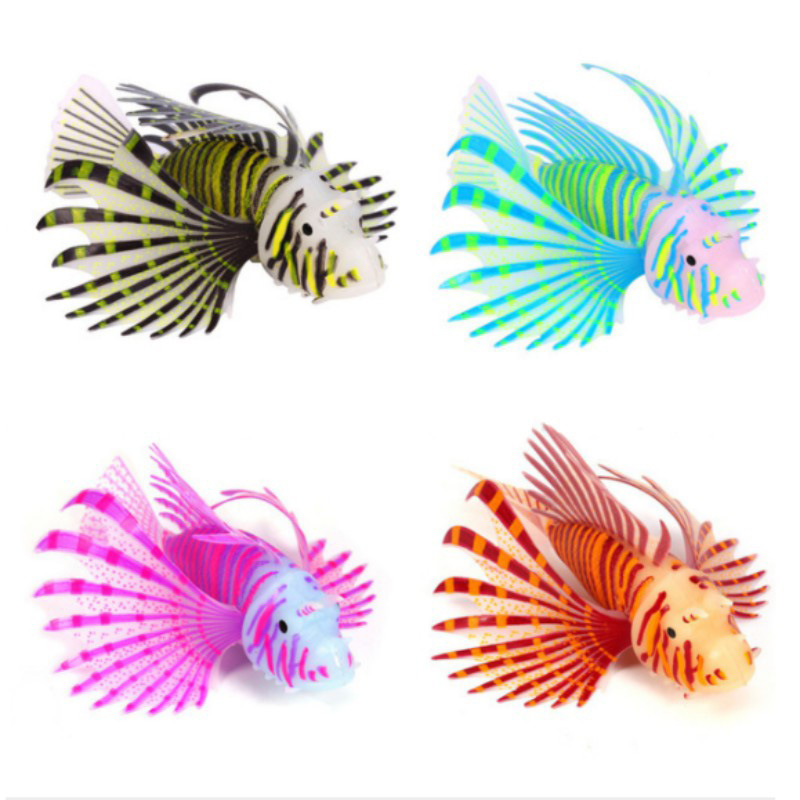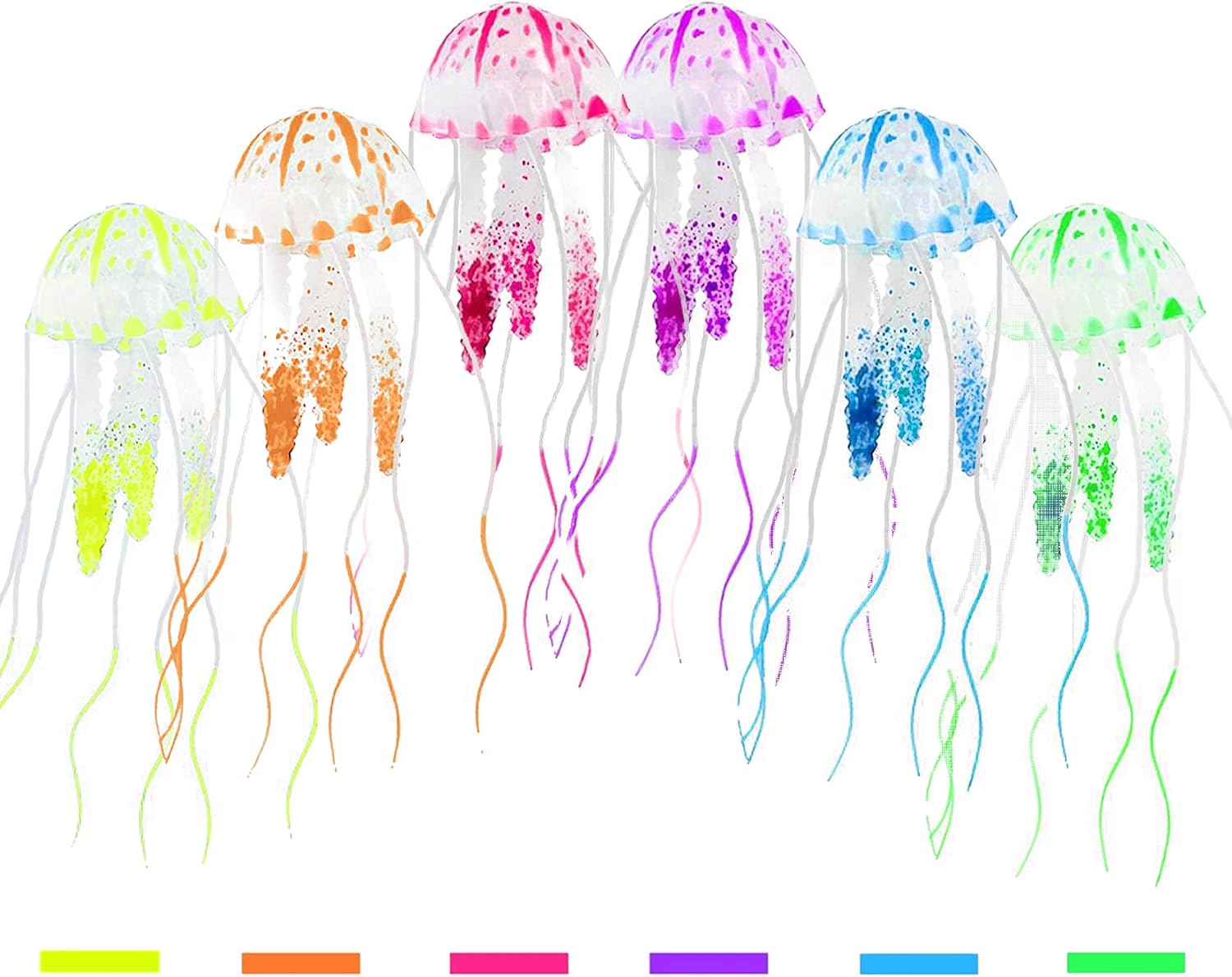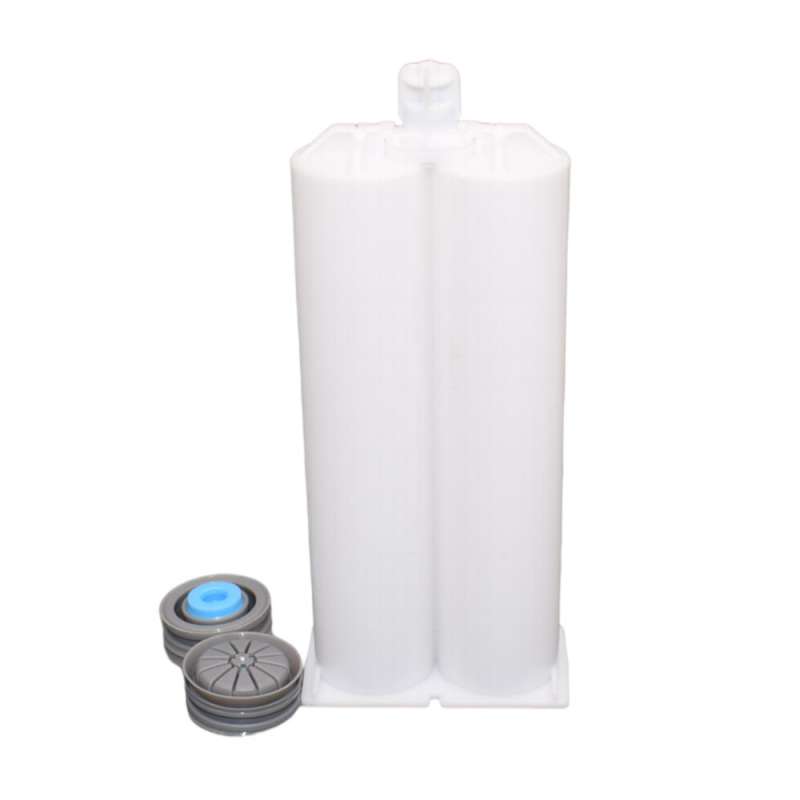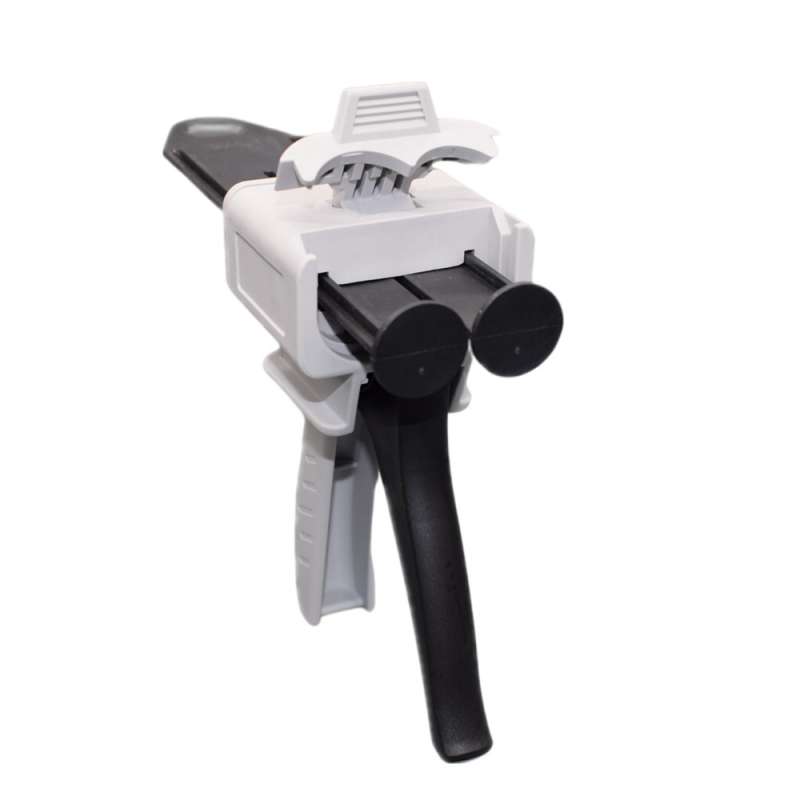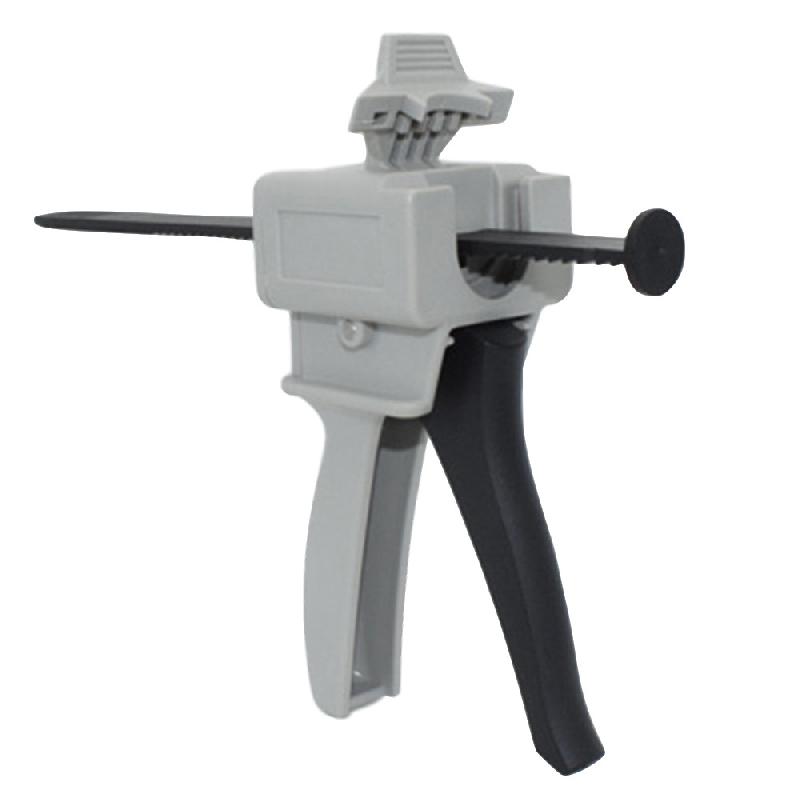Epoxy Mixing Nozzle Static Mixer Nozzle Tubes
作者:mixing tube for epoxy
更新时间:2024-11-18
点击数:
The static mixing tube for epoxy AB glue is an important tool used for mixing epoxy AB glue. The following is a detailed introduction to it:
Structural Features
It is usually composed of an inner tube core and an outer tube. The inner tube core is generally in a spiral shape. This spiral structure design enables the glue to be cut and recombined multiple times by the spiral blades when flowing through the mixing tube, thus dividing the glue into several small portions to achieve the purpose of thorough mixing.
There are various forms of interfaces, and the common ones are bayonet type and screw type, which are convenient for connecting with different glue guns or dispensing devices.
There are various forms of interfaces, and the common ones are bayonet type and screw type, which are convenient for connecting with different glue guns or dispensing devices.
Working Principle
When the epoxy AB glue is extruded from the glue cartridge and enters the static mixing tube, under the action of pressure, the glue flows along the spiral inner tube core. Due to the special shape of the inner tube core, the glue is continuously divided, turned, and merged during the flowing process, so that the molecules of glue A and glue B fully contact and mix together. Finally, when it flows out from the glue outlet of the mixing tube, a relatively uniform mixing state has been achieved.
Models and Specifications
- Size Specifications: Different static mixing tubes of different sizes will be used in different application scenarios and dispensing requirements. The common inner diameters of the glue outlet are specifications such as 0.85mm, 1.8mm, 1.5mm, and 5mm, and parameters such as the inner diameter of the interface, the number of spiral sections, the length of the spiral, the diameter of the spiral, and the total length are also different to meet various specific usage requirements.
- Adaptable Glue Ratios: According to the different ratios of the epoxy AB glue used, there are also corresponding models of static mixing tubes. For example, for glues with common ratios such as 1:1 and 2:1, conventional static mixing tubes can be used, while for glues with ratios such as 4:1 and 10:1, mixing tubes with orange tube cores need to be used.
Materials
- Material of the Outer Tube: It is generally made of materials such as plastic, which has certain flexibility and durability, can withstand a certain amount of pressure, and is also convenient for operation and installation.
- Material of the Inner Tube Core: Common materials include plastic, metal, etc. Inner tube cores made of different materials may have differences in aspects such as wear resistance, corrosion resistance, and adaptability to glue, which will affect the service life and mixing effect of the mixing tube.
Application Fields
- Electronics and Electrical Appliances Industry: In processes such as the bonding and packaging of electronic components, the static mixing tube for epoxy AB glue can accurately mix the glue, ensuring that the glue is evenly coated on the surface of electronic components, improving the bonding strength and sealing performance, and ensuring the normal operation of electronic equipment.
- Automobile Manufacturing Industry: It is used for bonding automobile parts, such as the assembly of body structural parts, interior parts, and engine parts. It can quickly and evenly mix the glue, improve production efficiency, ensure the bonding quality, and enhance the overall structural stability of automobiles.
- Construction Industry: It also has applications in aspects such as the bonding and repair of building materials. For example, it is used for bonding building components made of different materials such as wood, stone, and metal, as well as repairing cracks in concrete structures, etc., which can make the epoxy AB glue fully mixed and give play to its excellent bonding performance, improving the safety and durability of building structures.
- Crafts Making Industry: For the production of some crafts that require high-precision bonding, such as the splicing of materials such as ceramics, glass, and jade, the static mixing tube can help the epoxy AB glue achieve uniform mixing, ensure the firmness and aesthetics of the bonding parts, and improve the quality and value of the crafts.
Precautions for Use
- select the Appropriate Model: According to parameters such as the ratio, viscosity, and dispensing amount of the epoxy AB glue, select the model of the static mixing tube that matches it to ensure that the glue can be fully and evenly mixed.
- Correct Installation and Operation: When installing the static mixing tube, make sure that its connection with the glue gun or dispensing device is firm to avoid glue leakage. During the use process, push the push rod or squeeze the glue gun at a uniform speed according to the correct operation method, so that the glue can flow stably through the mixing tube and ensure the mixing effect.
- replace in a Timely Manner: The static mixing tube belongs to consumables. As the number of uses increases, the spiral blades inside it may be worn, resulting in a decline in the mixing effect. When it is found that the glue is not evenly mixed or is difficult to extrude, a new static mixing tube should be replaced in a timely manner.
- Storage and Maintenance: Unused static mixing tubes should be stored in a dry and cool place, avoiding direct sunlight and high-temperature and humid environments to prevent them from aging, deforming, or being damaged.

